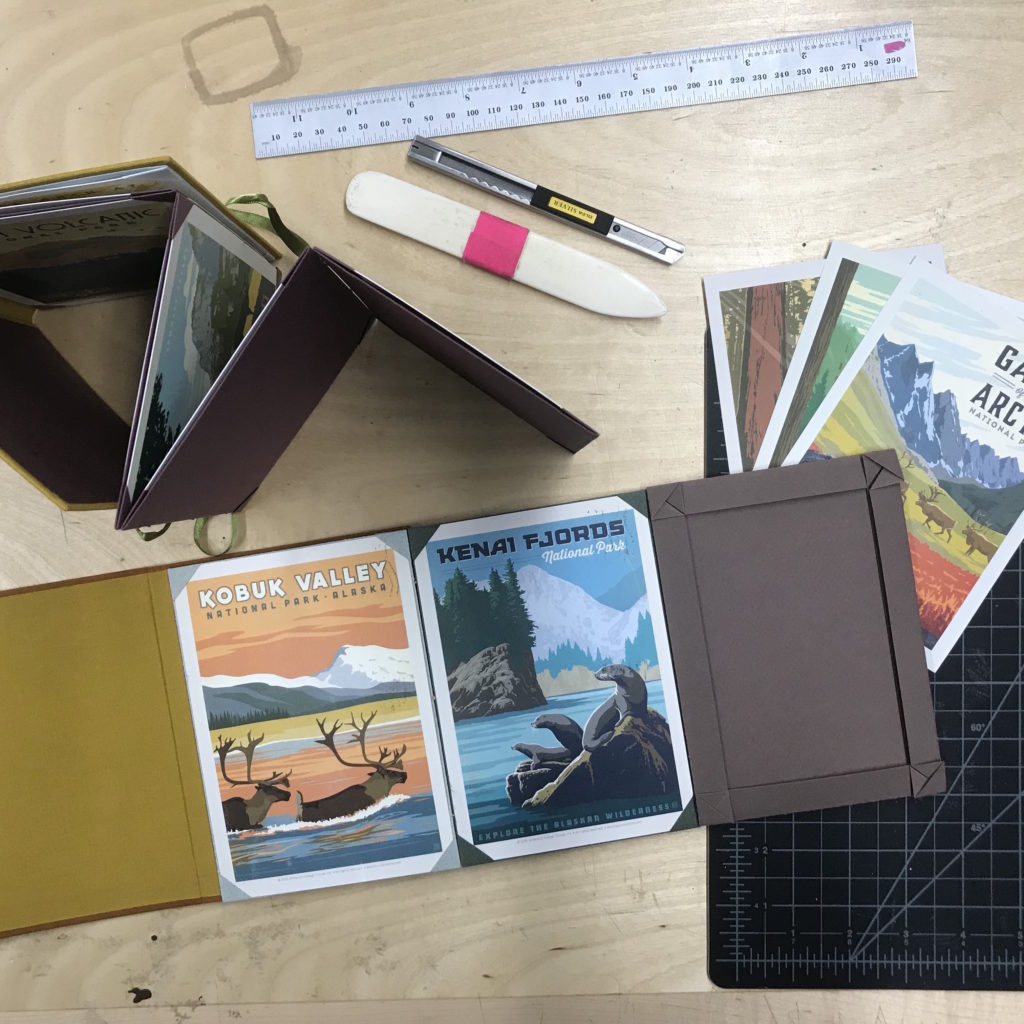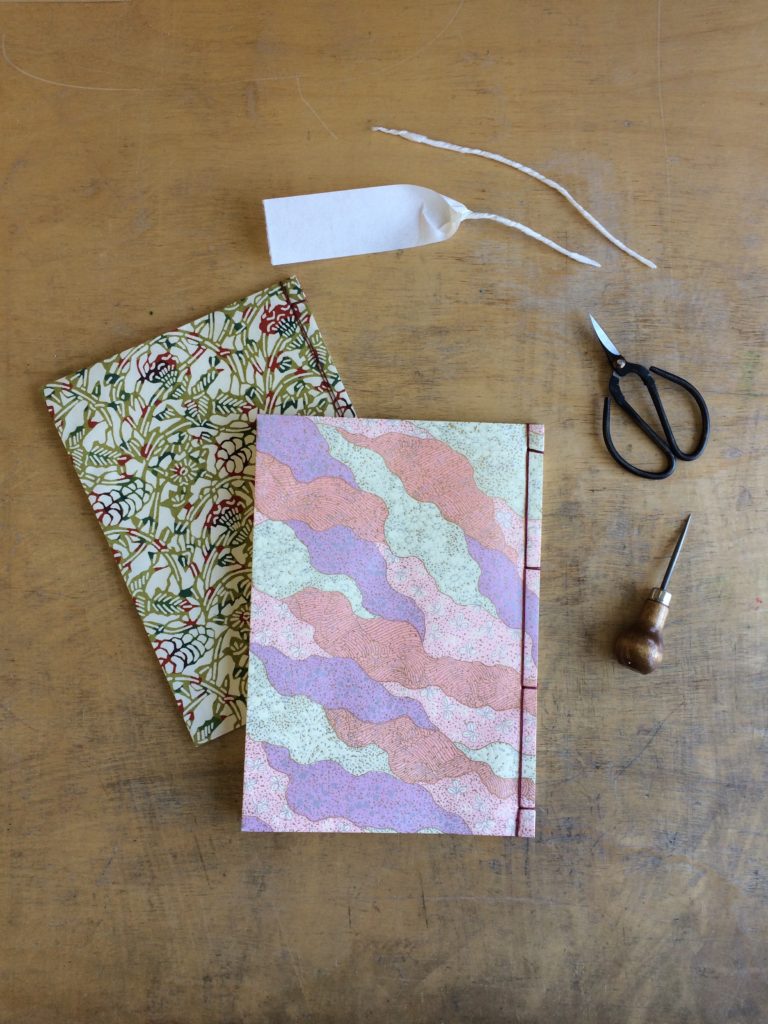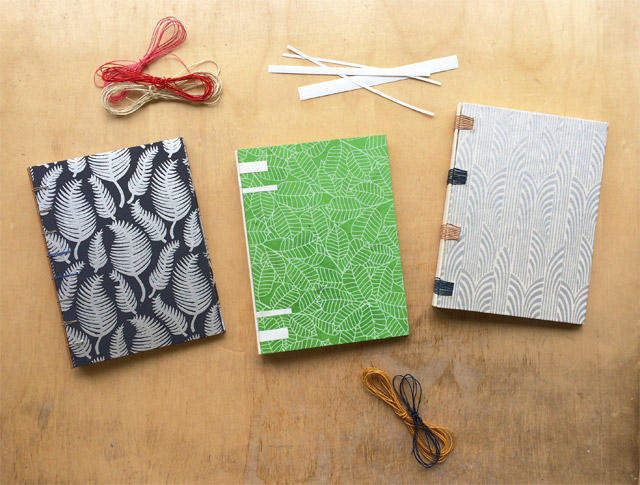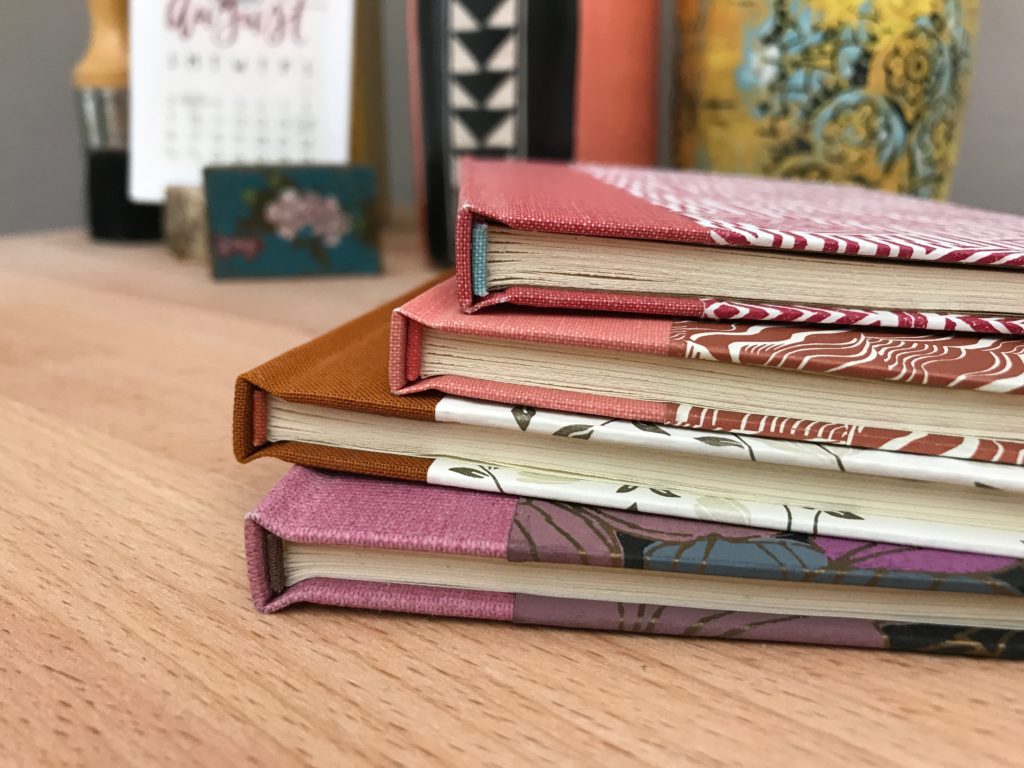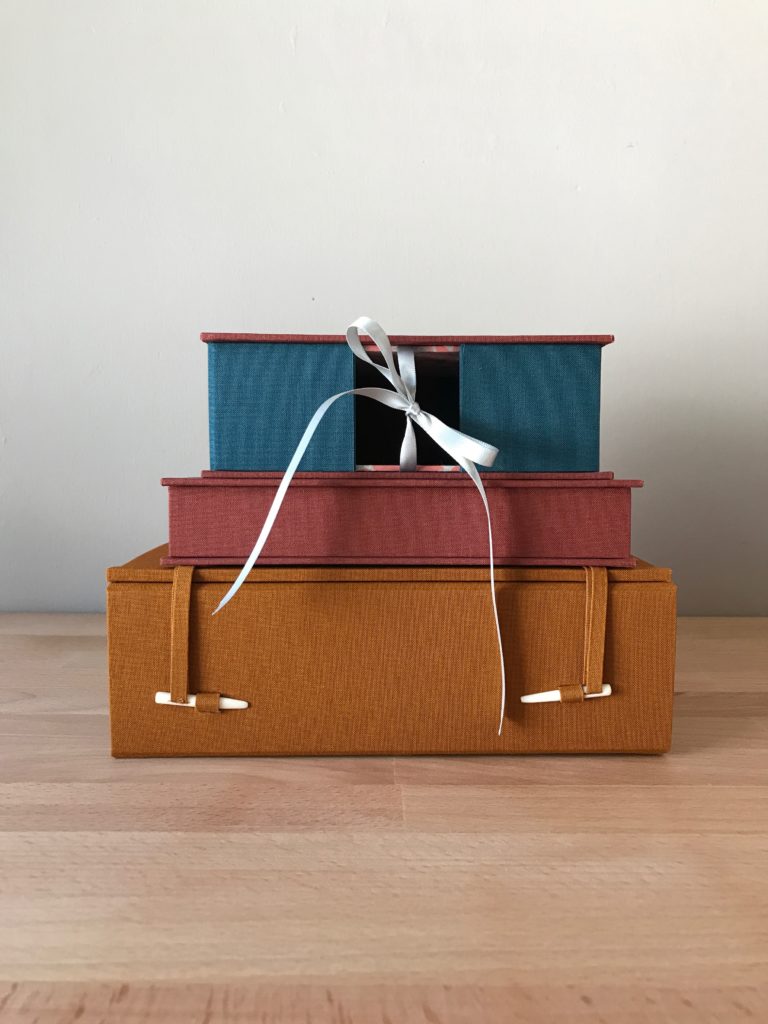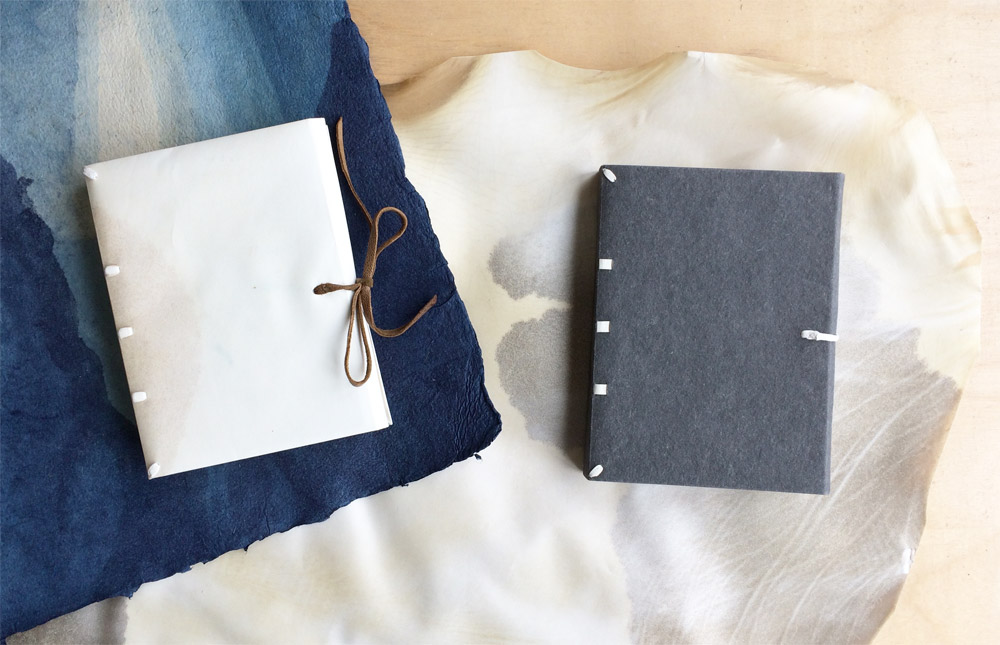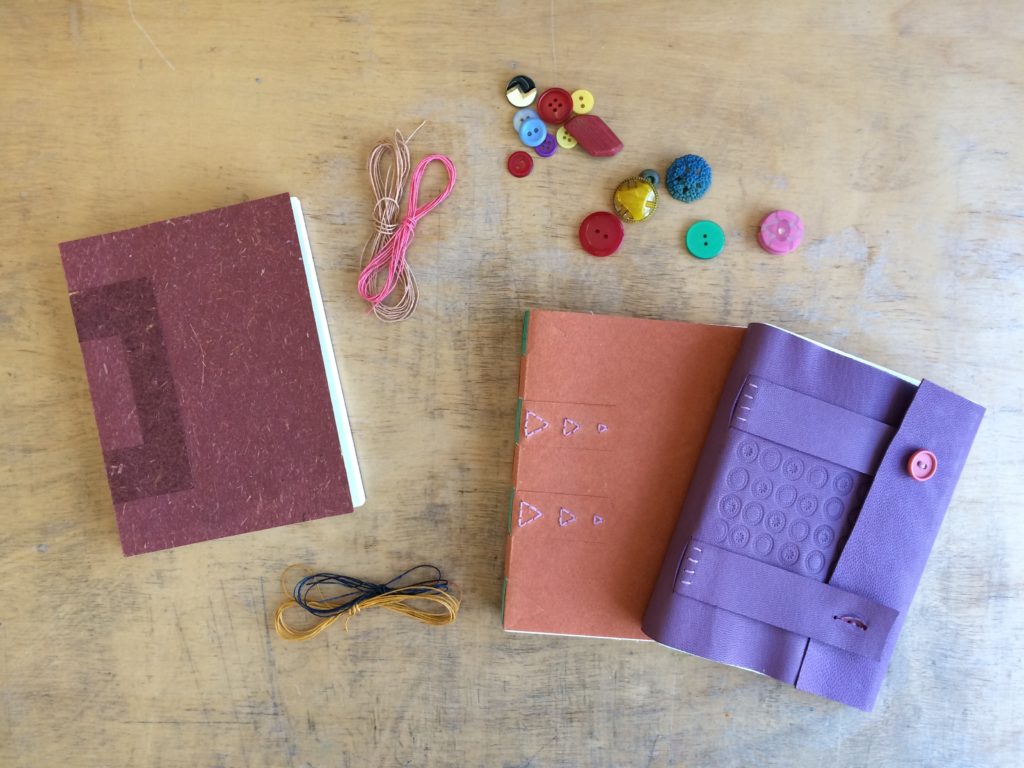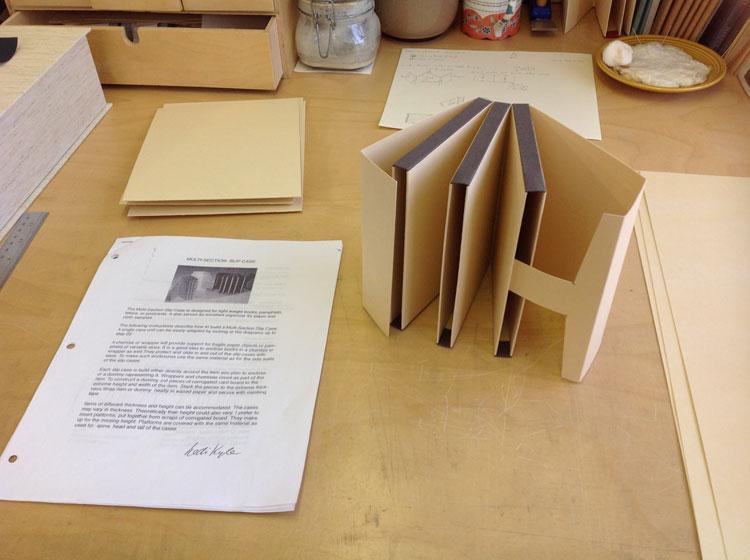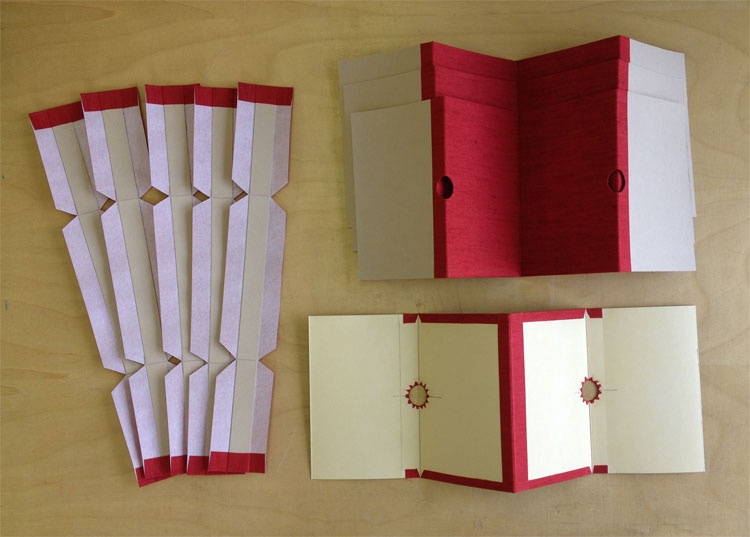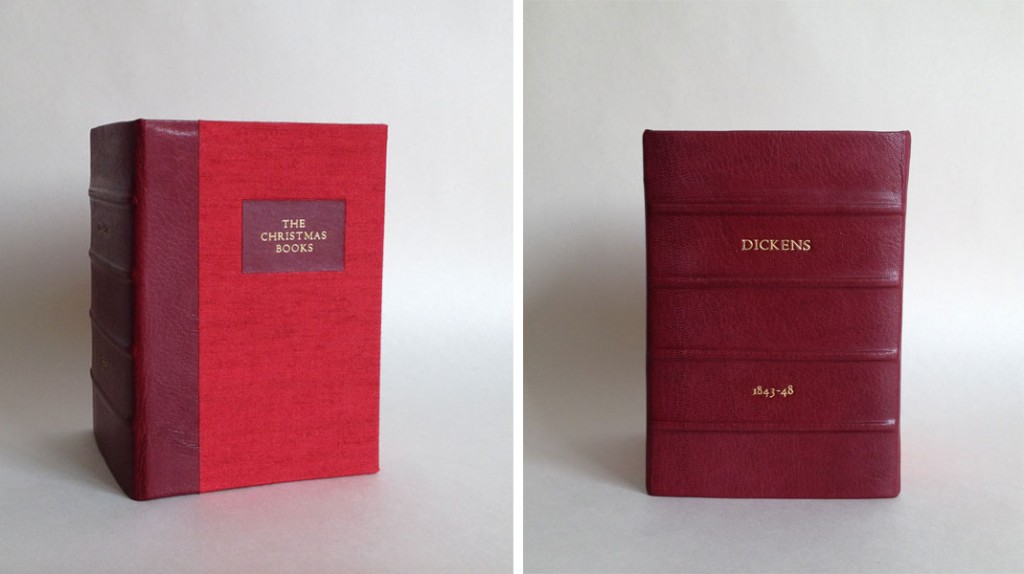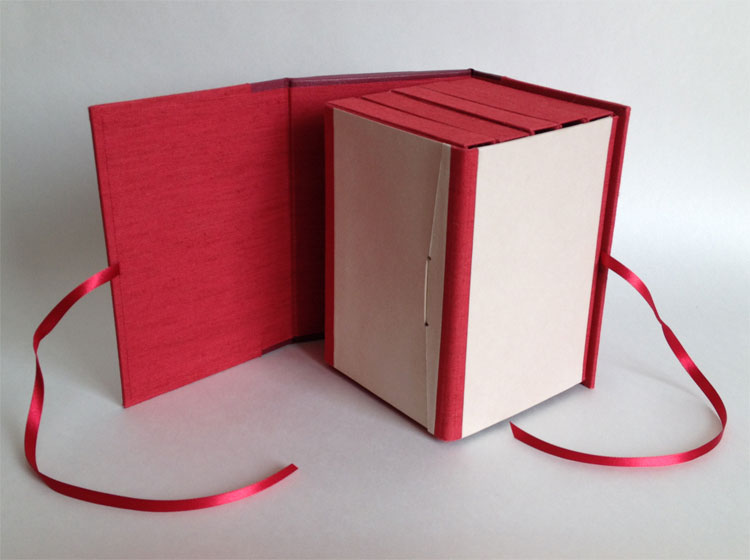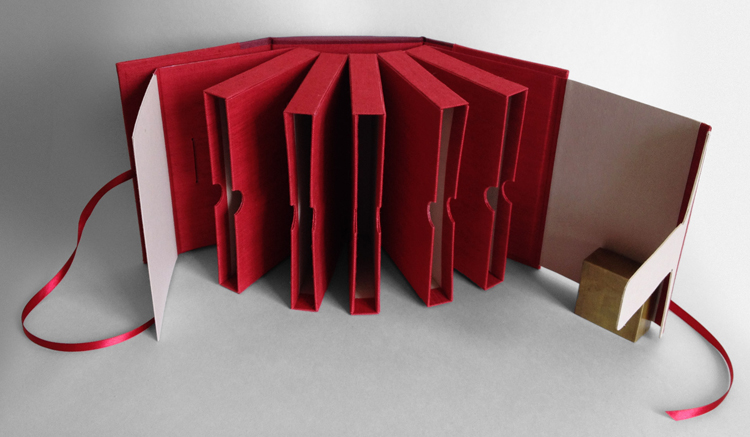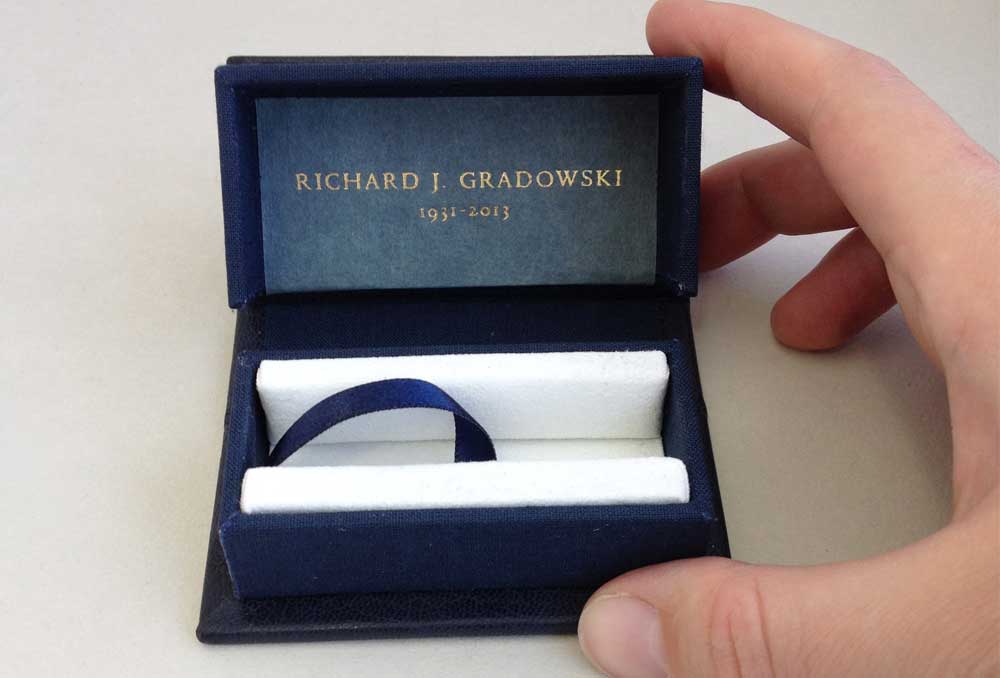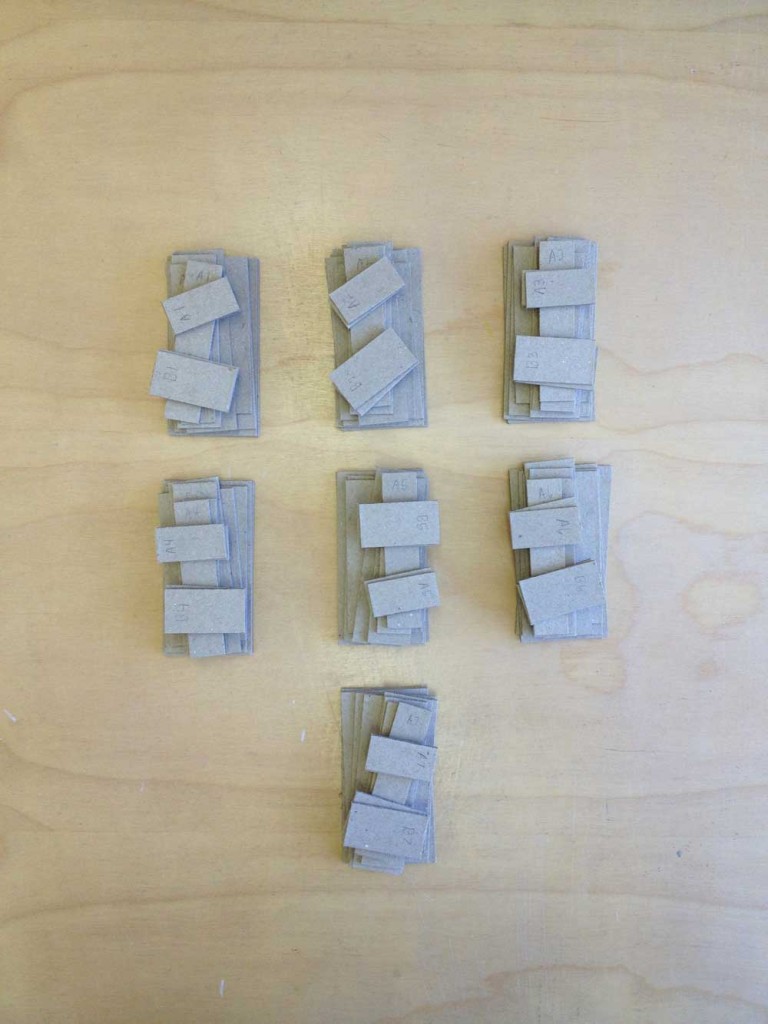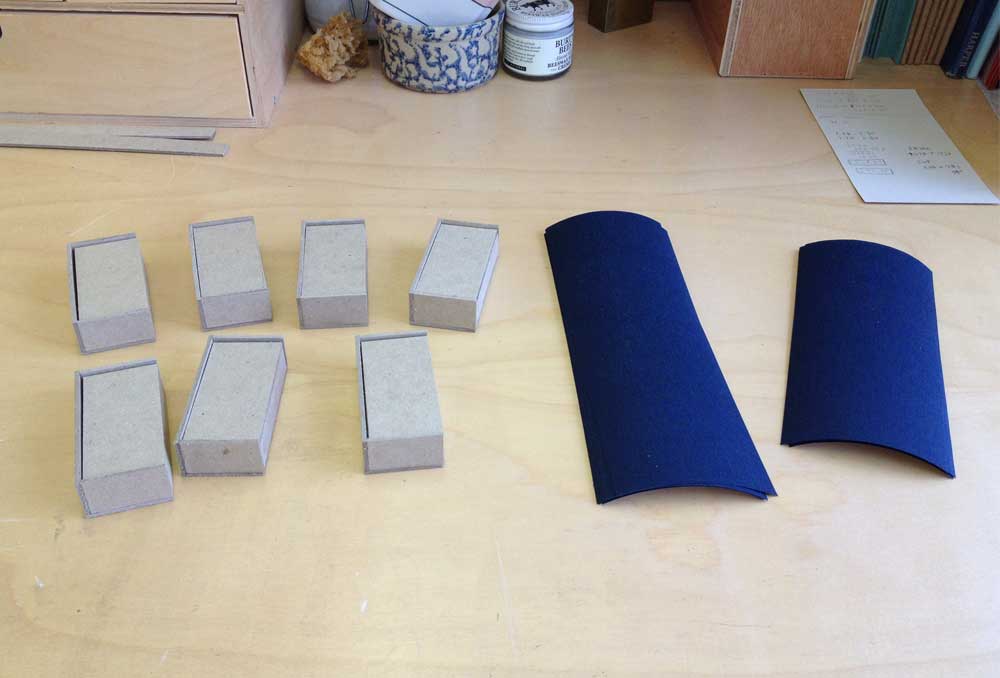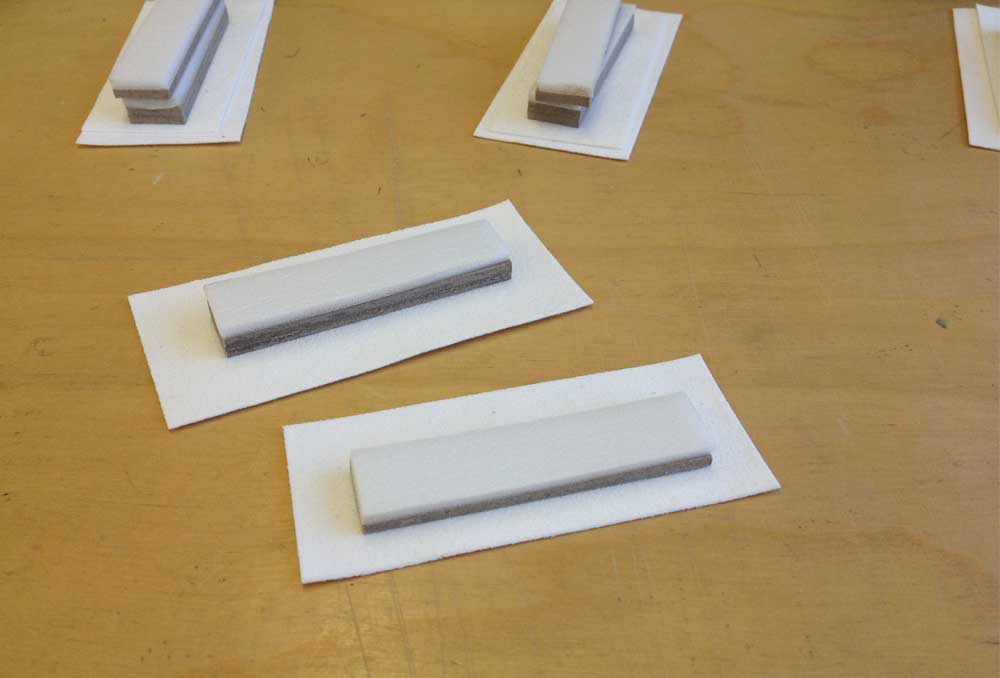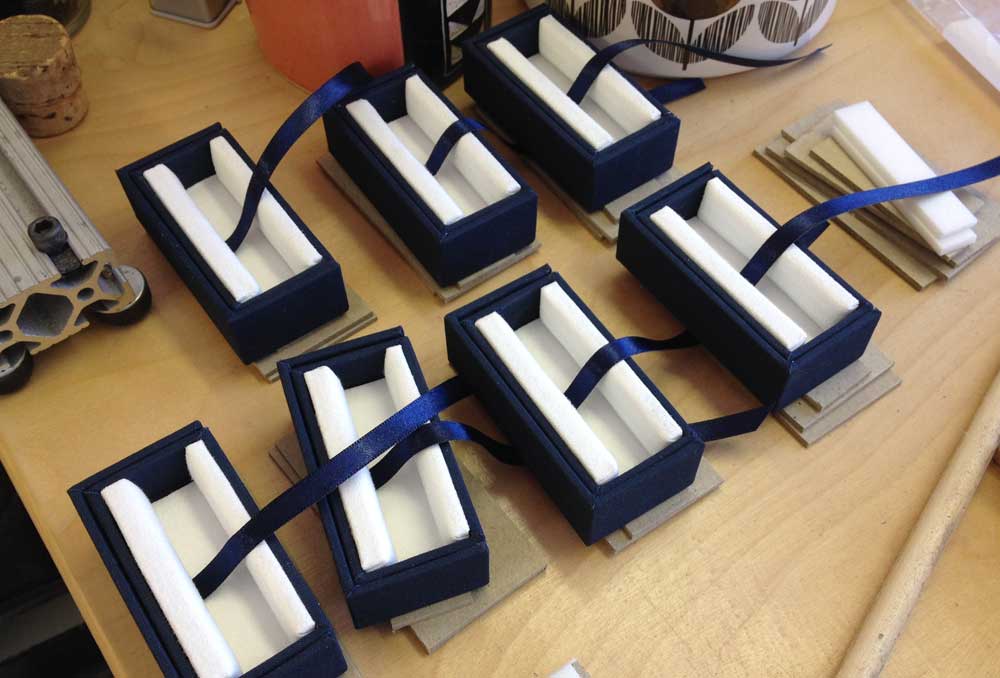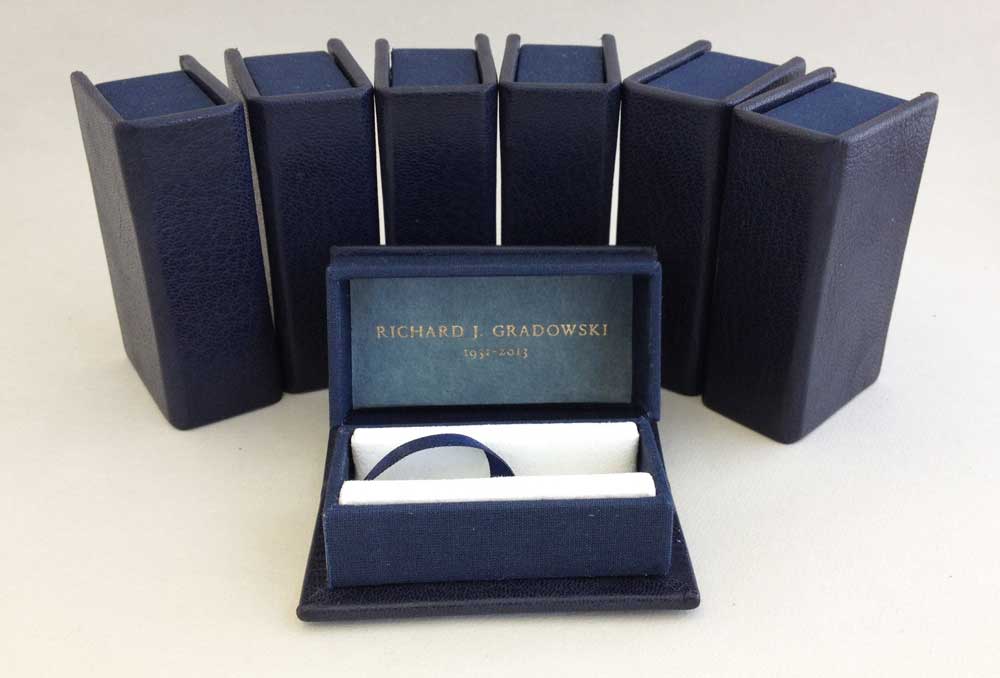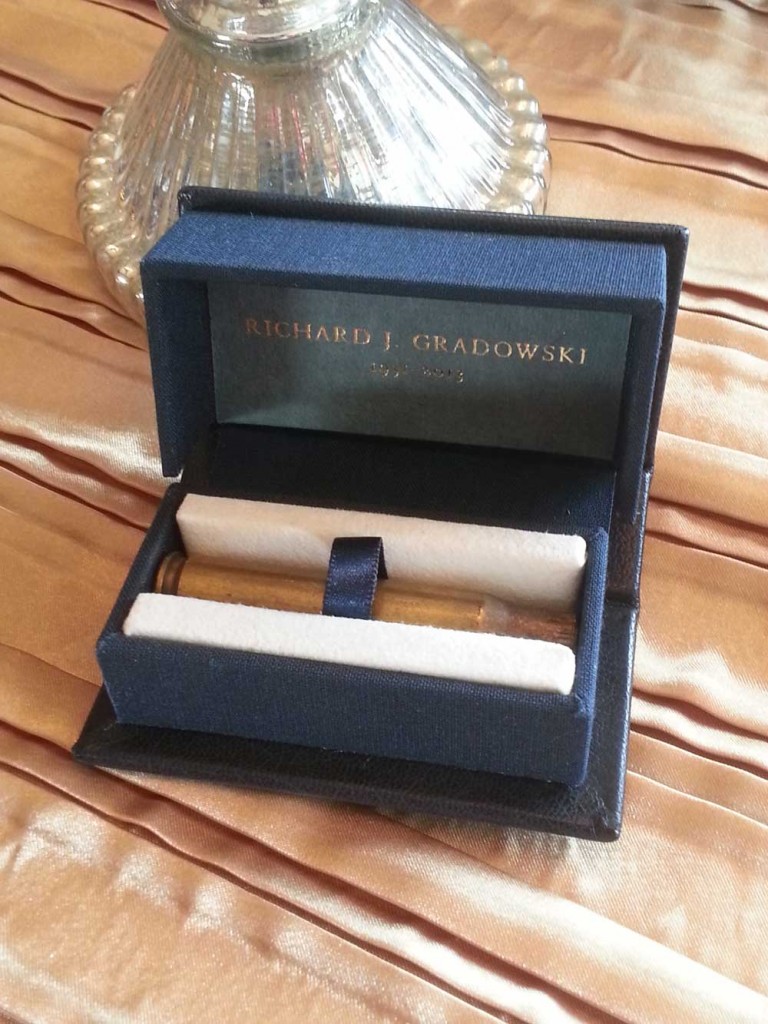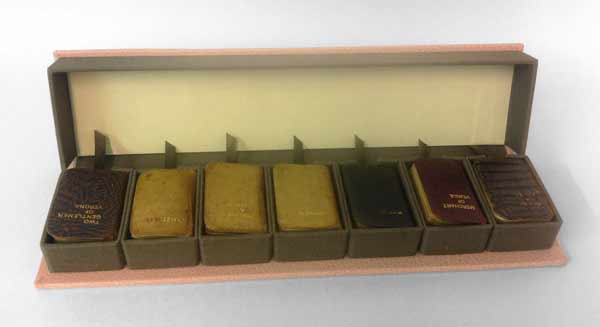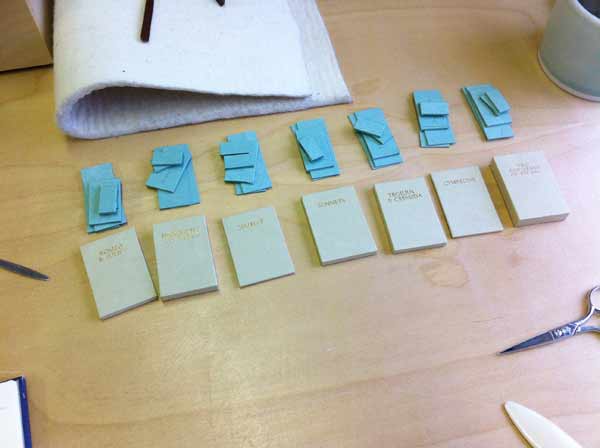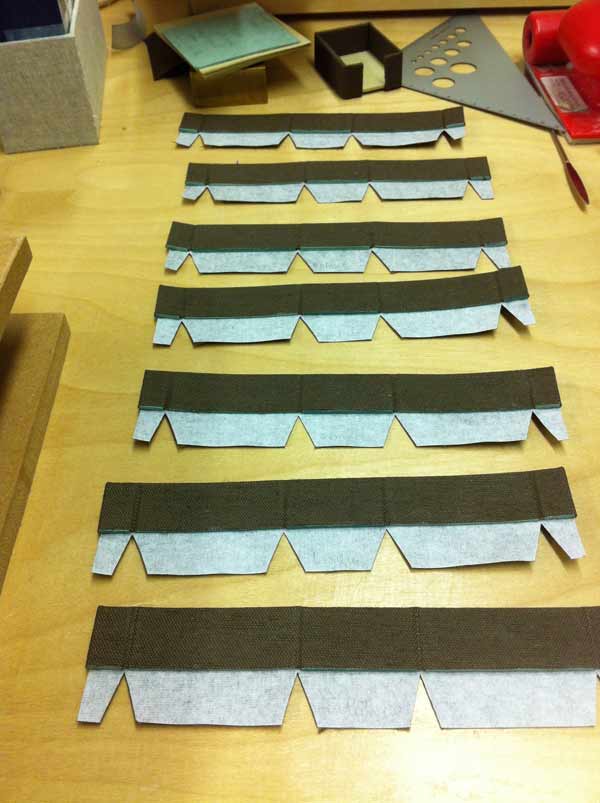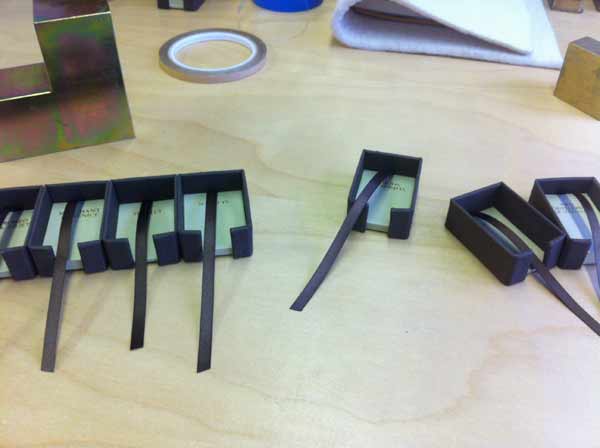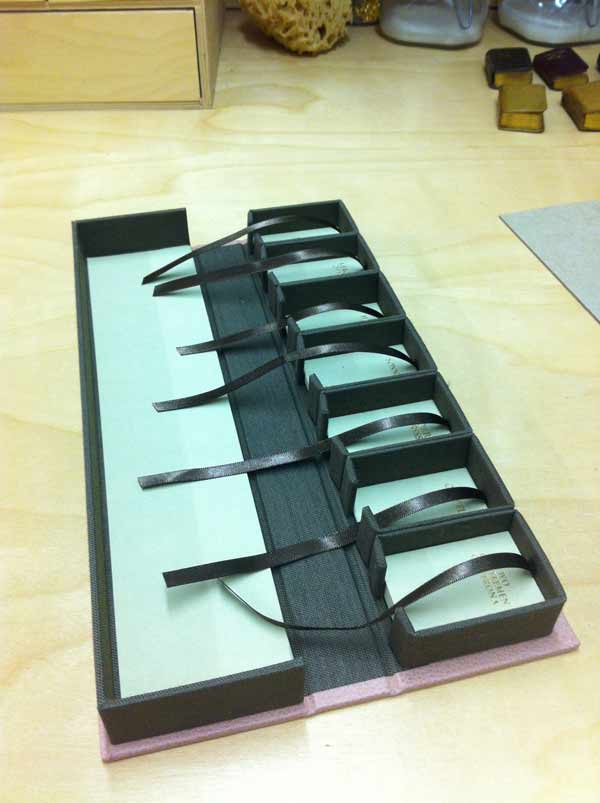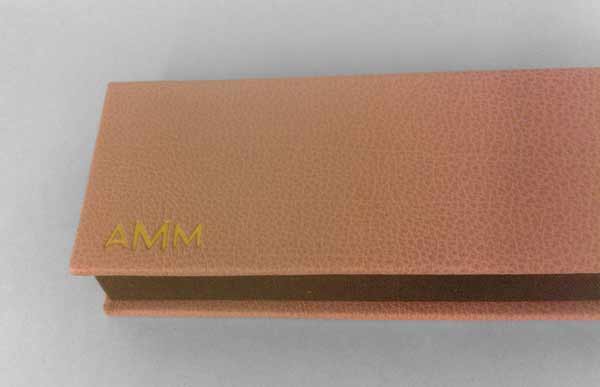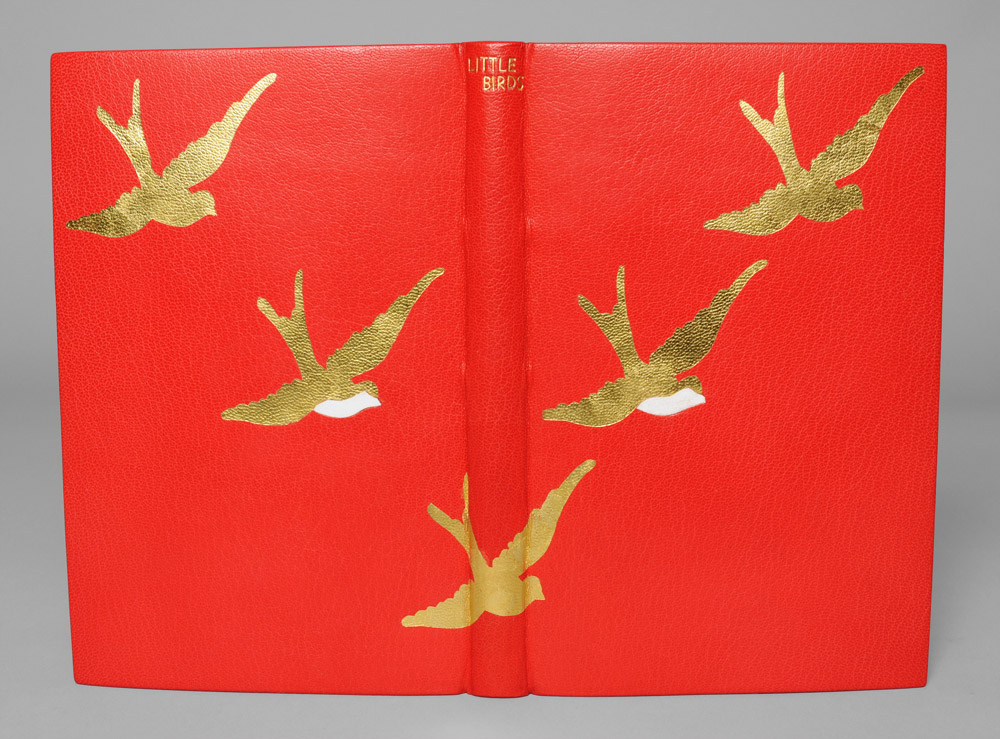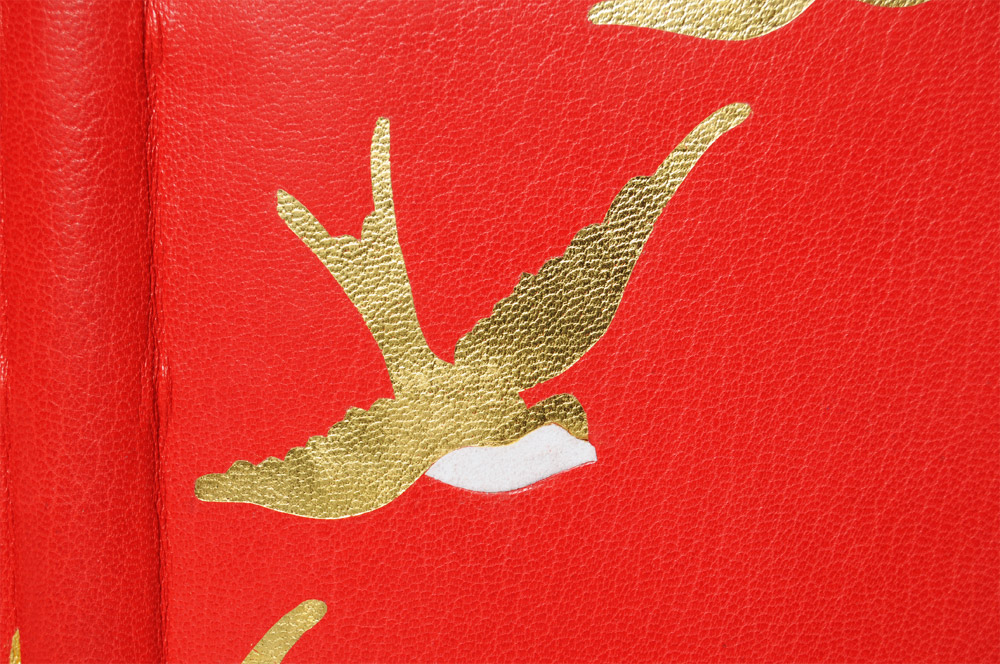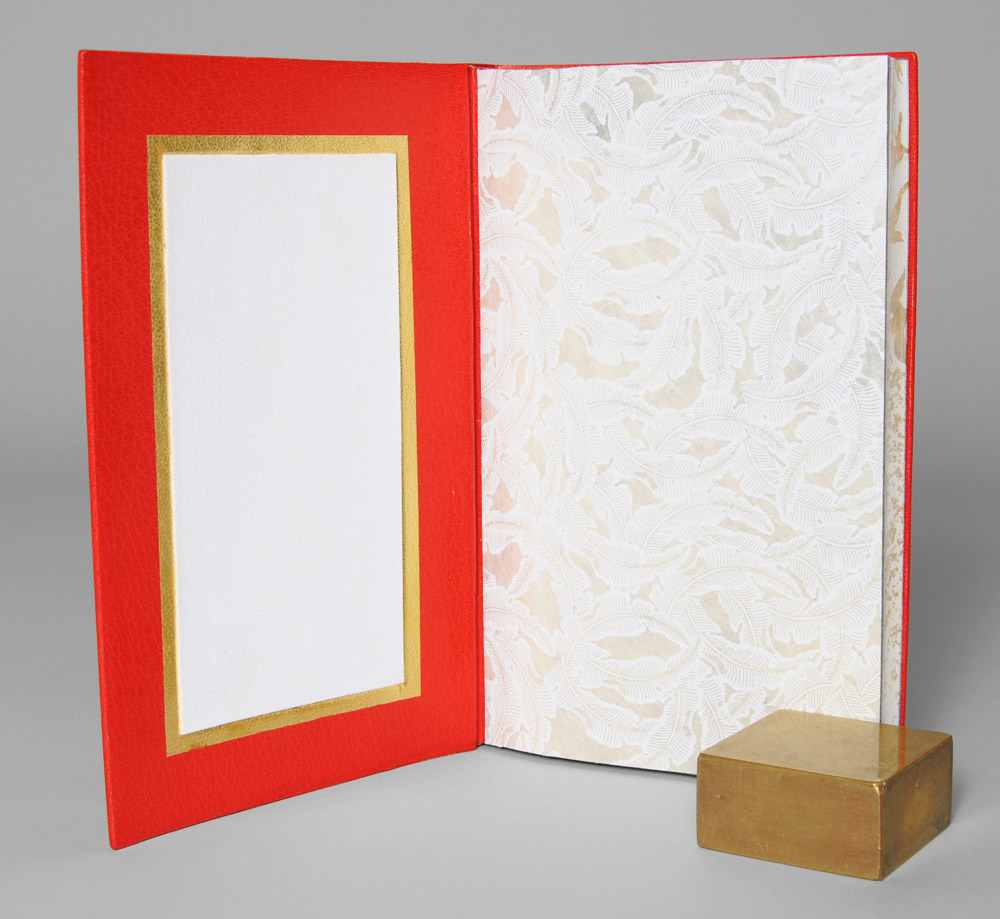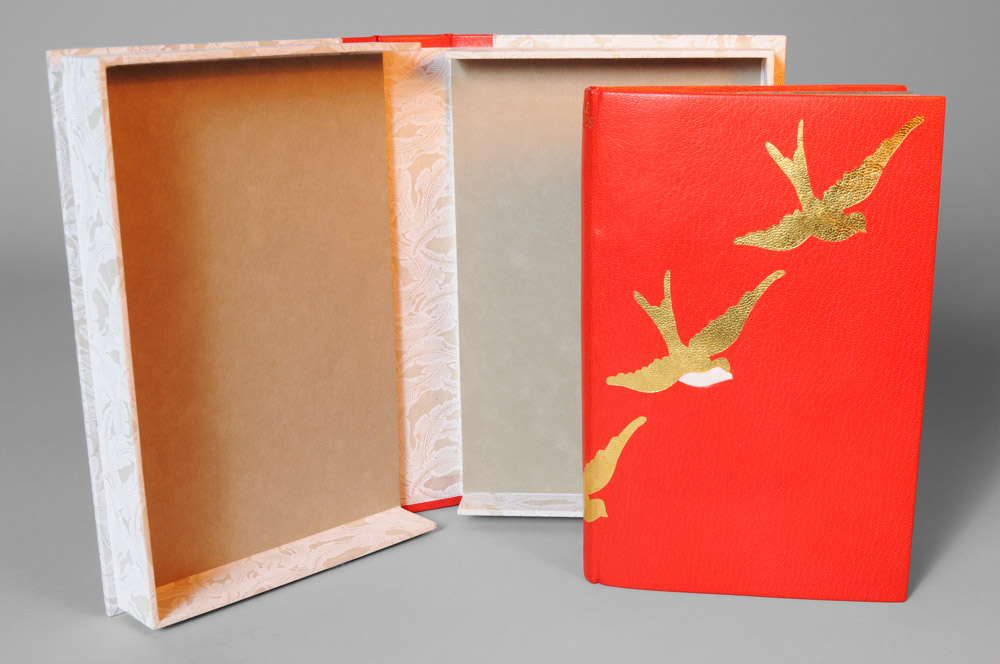OCTOBER
2-Day: Shrigley
3 Sessions // October 5 & 9 (Monday & Friday)
Oct. 5: 10:00am – 1:00pm & 3:00 – 6:00pm
Oct. 9: 3:00 – 4:00pm
Maine Media Workshops + College
The Shrigley is an innovative way to house loose ephemera, postcards, photographs, prints and more. The pages are folded into frames, allowing you to easily add or remove pieces from the book. In this workshop, students will learn the folding techniques to create the frames with various corner styles. Once the pages are assembled and sewn, students will finish their project by making a hardcover case with a ribbon tie.
1-Day: Japanese 4-Hole Binding
2 Sessions // October 7 (Wednesday)
10:00am – 1:00pm & 3:00 – 6:00pm
Maine Media Workshops + College
Yotsume Toji or 4-hole binding is a common Japanese binding structure with a long history of use. Students will build their model in a traditional manner, while incorporating western tools and equipment to develop a better understanding of the structure. Students will explore ways of modifying the sewing pattern on their own before reconnecting for a Q&A session.
2-Day: Secret Belgian Binding
4 Sessions // October 10 – 11 (Saturday – Sunday)
10:00am – 1:00pm & 3:00 – 6:00pm
Maine Media Workshops + College
The Secret Belgian binding, also known as Criss Cross binding, was developed by Anne Goy in the mid-1980s and is influenced by traditional Japanese binding styles. The binding is simple and easy to construct; it opens flat and is perfect for thinner text blocks. Students will construct 3 variations of this structure, including a style which uses Tyvek as the binding agent.
Flatback Case Binding
2 Sessions // October 24 – 25 (Saturday and Sunday morning)
10:00am – 12:30pm (EST)
Sign-up by October 14 to receive your material kit!
Register here
The Flatback Case Binding is one of the most common and recognizable structures today. In this workshop, students will learn foundational binding skills to assemble two different styles of covering known as quarter cloth and half cloth. The Flatback Case Binding is easy to construct and is perfect for small publications, artist books, journals and more.
NOVEMBER
Box Series
4 Sessions // November 3 – 12 (Tuesday and Thursday evenings)
6:00 – 8:30pm (EST)
Sign-up by October 23 to receive your material kit!
SOLD OUT – Add Your Name to Wait List
Boxes come in all shapes and sizes. In this workshop, we’ll look at just three examples: French-Tray with Drop Spine, Clamshell and Japanese Box Case. Students will learn how to assemble these three styles of boxes while also discussing the ways to measure for custom box-making. This workshop will give you the foundational skills to build and modify your own boxes. It will also explore different ways of creating closures for boxes.
Limp Case Binding
4 Sessions // November 7 – 15 (Saturday and Sunday mornings)
10:00am – 12:30pm (EST)
Sign-up by October 28 to receive your material kit!
Register here
With the advent of printing in the 15th century books were printed in larger quantities creating a higher demand for bookbinders. Limp binding structures came about as a way for binders to quickly construct an elegant and durable binding for this new demand. This beautiful style of binding is suitable for conservation or new bindings. Students will learn the proper sewing pattern for this structure, create hand-sewn endbands and how to properly fold the cover before lacing in the text block.
In this workshop, students will learn the technique for constructing a Limp Case binding in either handmade paper or vellum. Access to a sewing frame is required for the vellum version of this binding.
DECEMBER
Cross Structure Binding
4 Sessions // December 1 – 10 (Tuesday and Thursday evenings)
6:00 – 8:30pm (EST)
Sign-up by November 20 to receive your material kit!
Register here
The Cross Structure binding is a non-adhesive binding that offers much freedom to the text block. This 20th century design is greatly inspired by the Long Stitch bindings of the medieval era. It is suitable in conservation or new bindings, such as travel journals or decorative bindings. The structure is uniquely constructed by interlocking the front and back cover at the spine.
In this workshop, students will create 4 variations of the Cross Structure binding working with both handmade paper and leather to create their models.
